My initial route plan for Iceland would have taken me from Reykjavik to the city of Akureyi, in the north-central coast of the island, the second largest town in the country. I knew that there were some interesting places in the northwestern region that would be missed by going that way, but for a while I thought that would be my preferred destination. As the start of this section of the Tour drew near, I frequently had thoughts of the noteworthy Látrabjarg Bird Cliffs, located at the extreme northwest corner of the island. Those particular cliffs are said to be the most densely used nesting site for seabirds in Europe. I have previously mentioned that I think the western half of Iceland should be thought of as being in North America, so perhaps it would be better described at one of the largest nesting sites in that continent, instead. Though, I suppose in the interest of good cross-oceanic relations, that issue can be put aside for now. In any case, it seemed crazy that for a Tour that has a large birding component, a place like that should not be visited. Therefore, I made the necessary modifications to my route, which were not really that simple, and went in that direction, instead. This also had the notable advantage of getting me off of the narrow Ring Road sooner, rather that later.
The route there ended with a 52-km section of gravel road, which was sometimes a little rough, and included a few short climbs and descents. However, there was a lonely hotel, 12 km before the end, so I chose to stay there one evening, giving me a full morning to see the cliffs the next day. That establishment was also the only source for food in the area, so that choice worked out well in that regard as well. In the grounds surrounding that hotel, I picked up a few nice birds in the long evening daylight, starting with Common Snipe, which had been seen and heard frequently, though rarely posed so nicely.
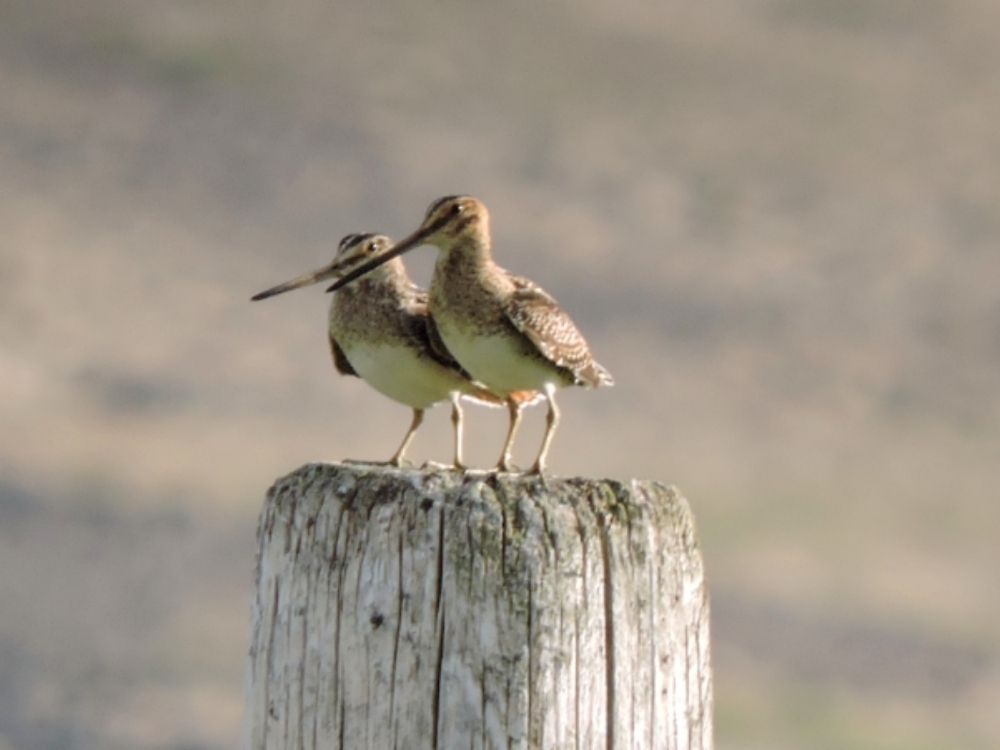
Also there, hanging out in a tidal mudflat, was Great Skua…
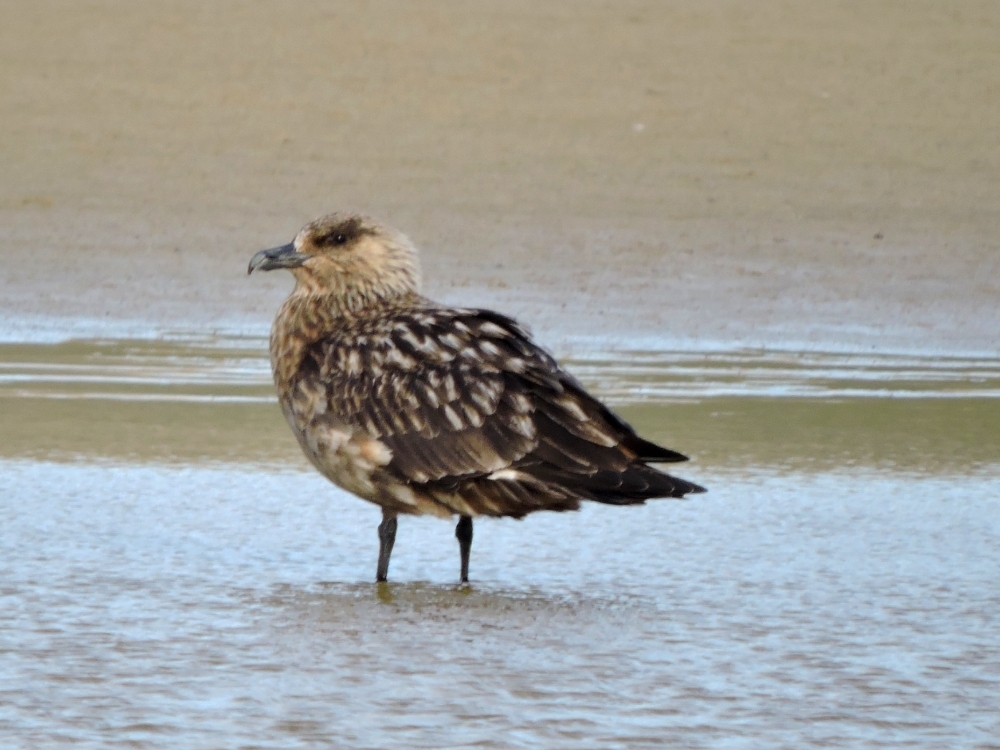
…and nearby, Eurasian Curlew…
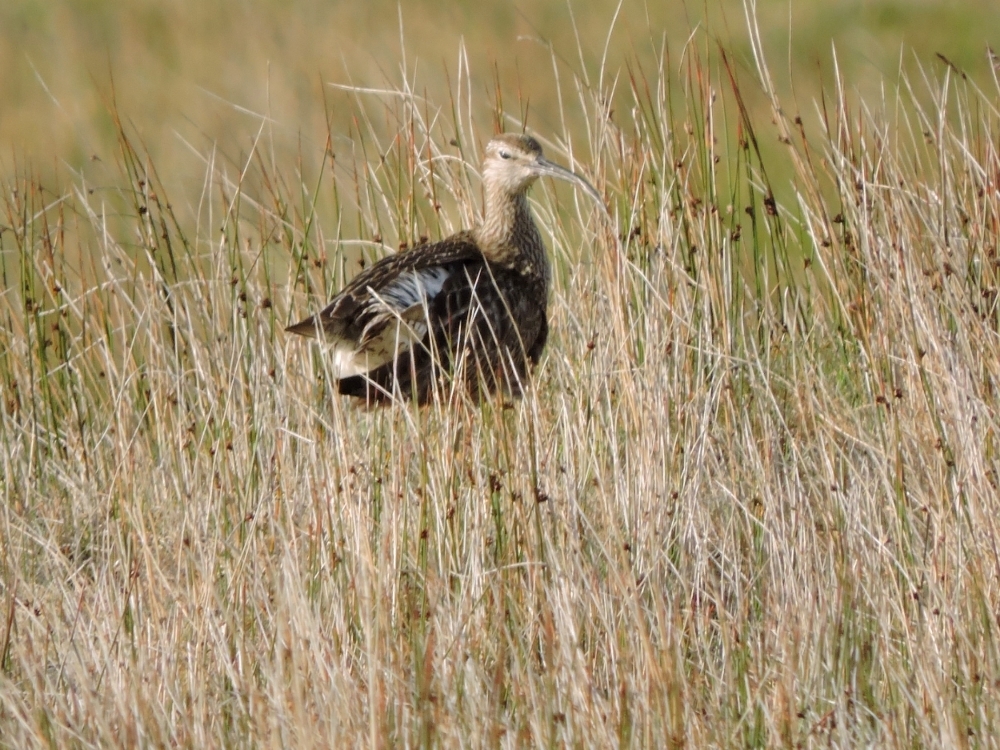
…with European Golden-Plover also in the vicinity, a species that was surprisingly absent during previous days, but, once this individual presented itself, appeared virtually everywhere thereafter.
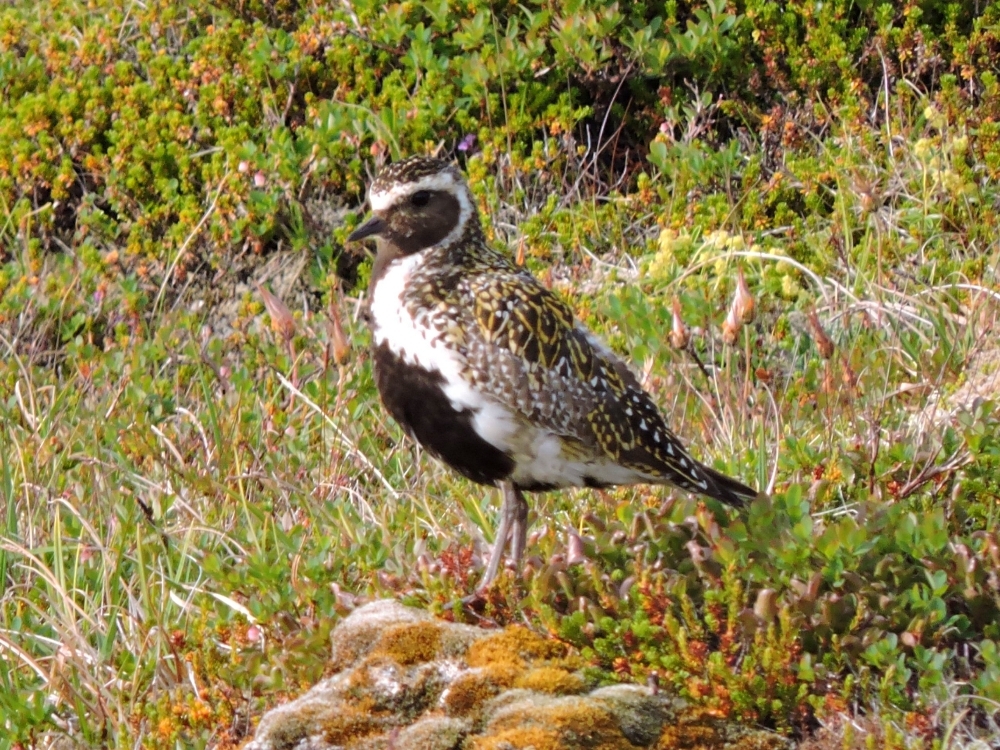
The final 12 km to the Cliffs was fairly slow, due to the condition of the gravel road, nevertheless, I arrived with plenty of time to make many observations of the thousands of birds in the area. I made a similar excursion to Saint George Island, in the Pribilofs of the Bering Sea, the previous year, which is also famous for its seabird colonies. St George may have hosted a slightly wider variety of species, but Látrabjarg perhaps won out in terms of numbers of individuals present, at least at the times of my visits. With a beautiful sunny day, without too much wind, none of that was much of a concern, since a fun birding day was virtually guaranteed.
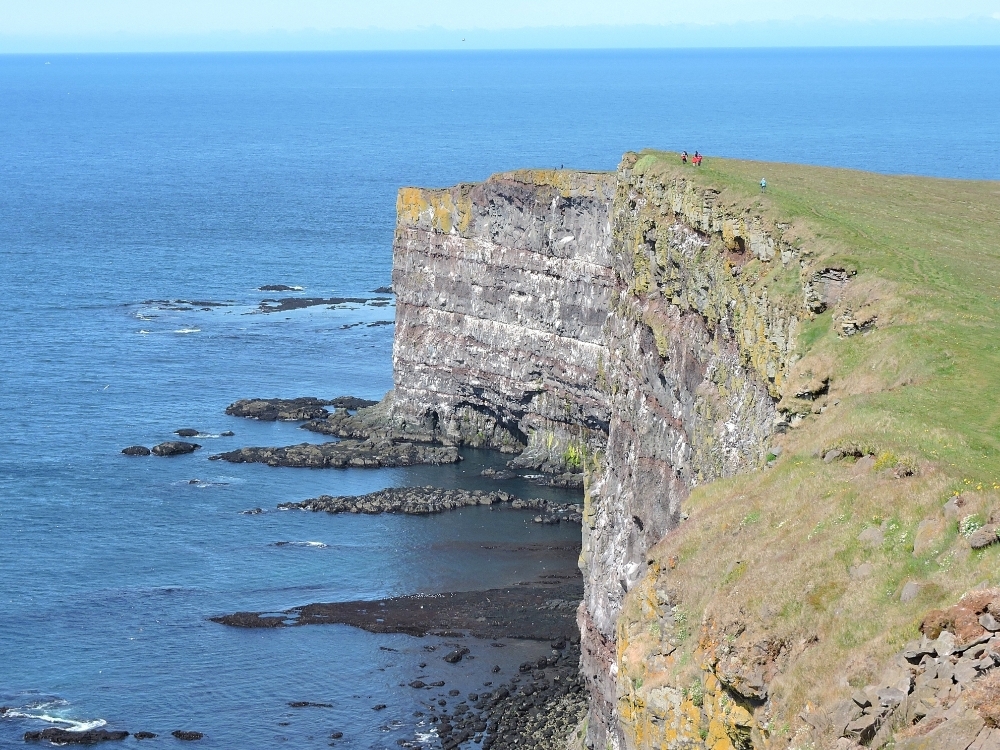
There were only a few species I really needed to see, and it could have been tough, since a large number of the birds there belonged to rather common species, Gulls, Fulmars, and many thousands both types of Murres (still known as Guillemots in that part of the World.)
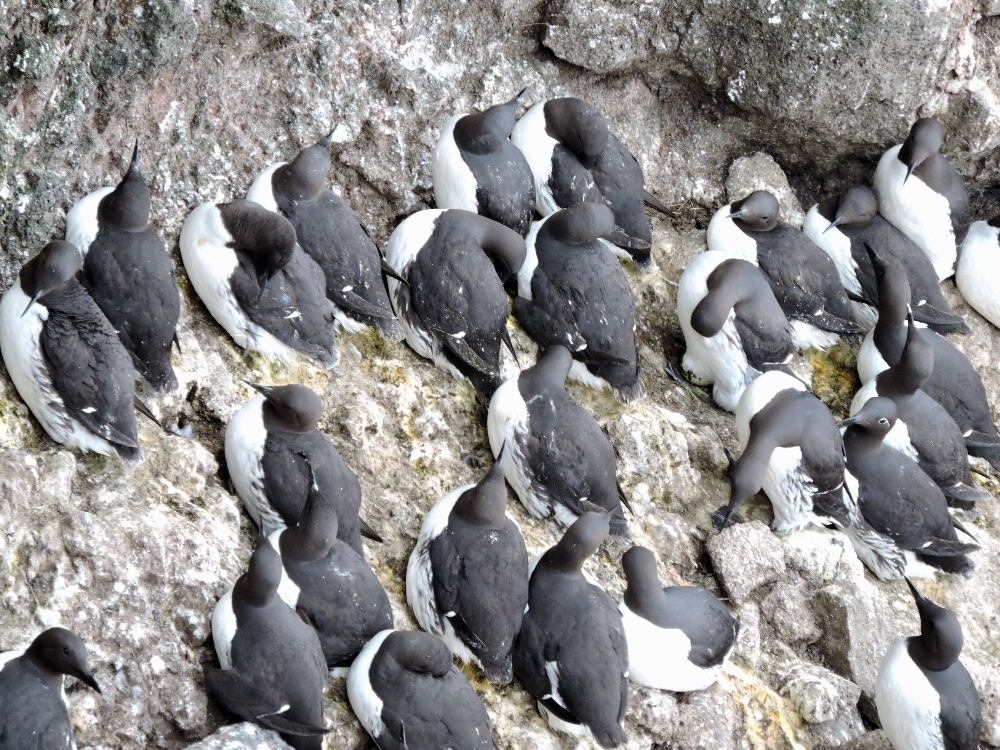
However, with so many birds present overall, it was still extremely easy to observe my targets for the day. Several European Shags were hanging out on the distant rocks at the base of the Cliffs, making acquiring decent images fairly challenging, though that was not very concerning for a species that may be a little less charismatic than some others.
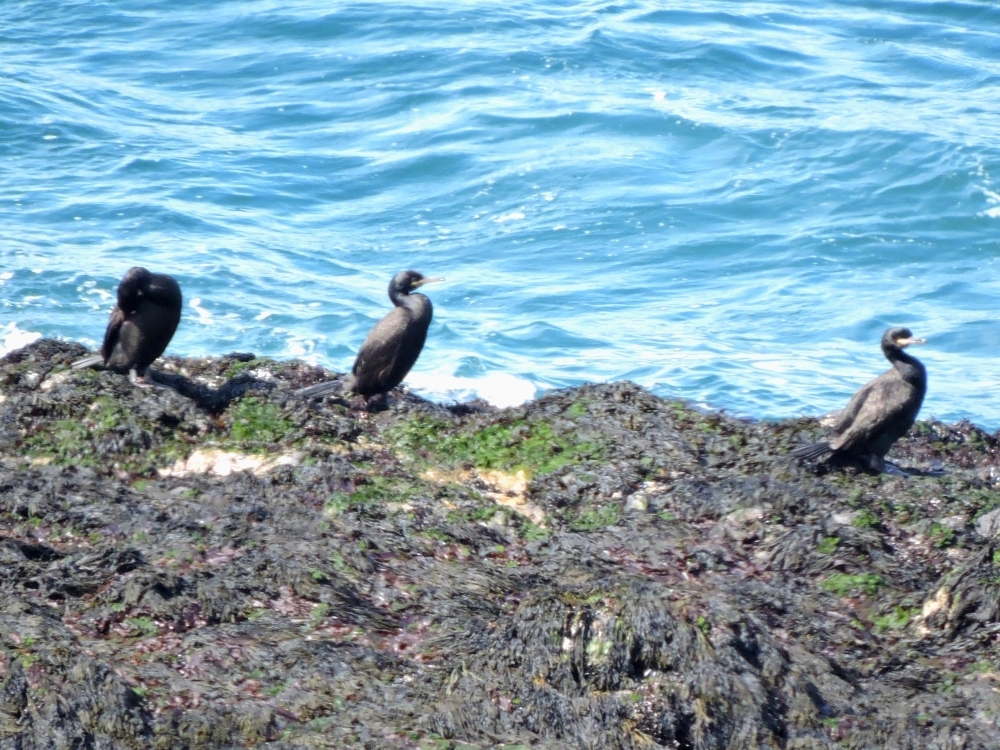
By that, I refer, of course, to my two most desired species at that site, of which I already had nice observations after only a few minutes in the area. The first of these was the always-sought-after Razorbill, currently the largest extant member of the Auk family.
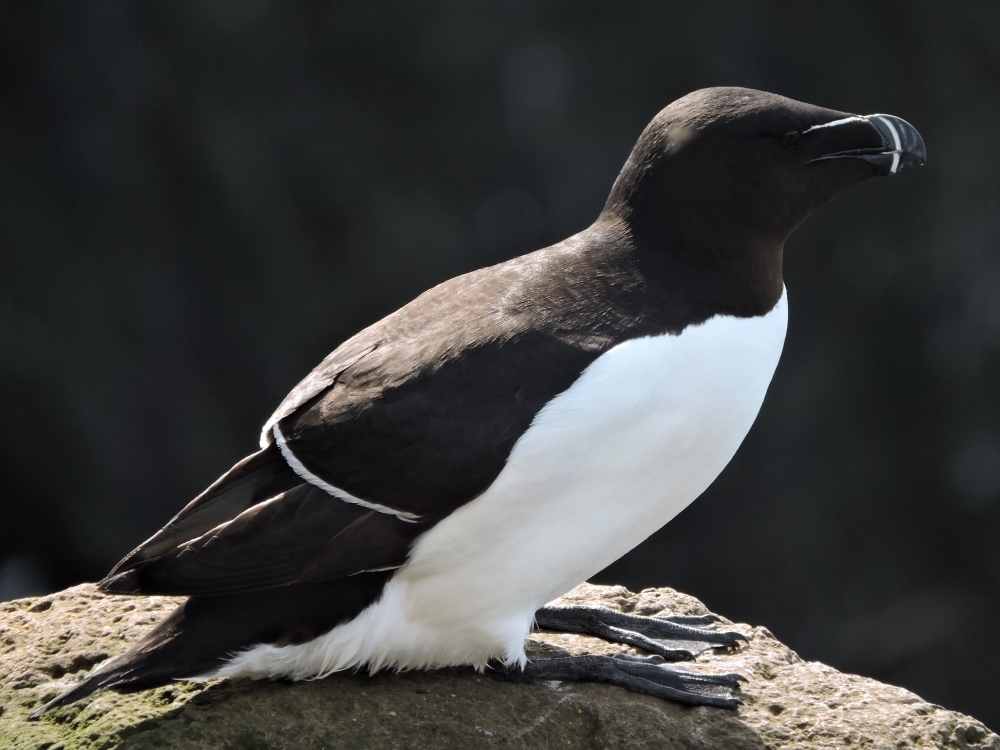
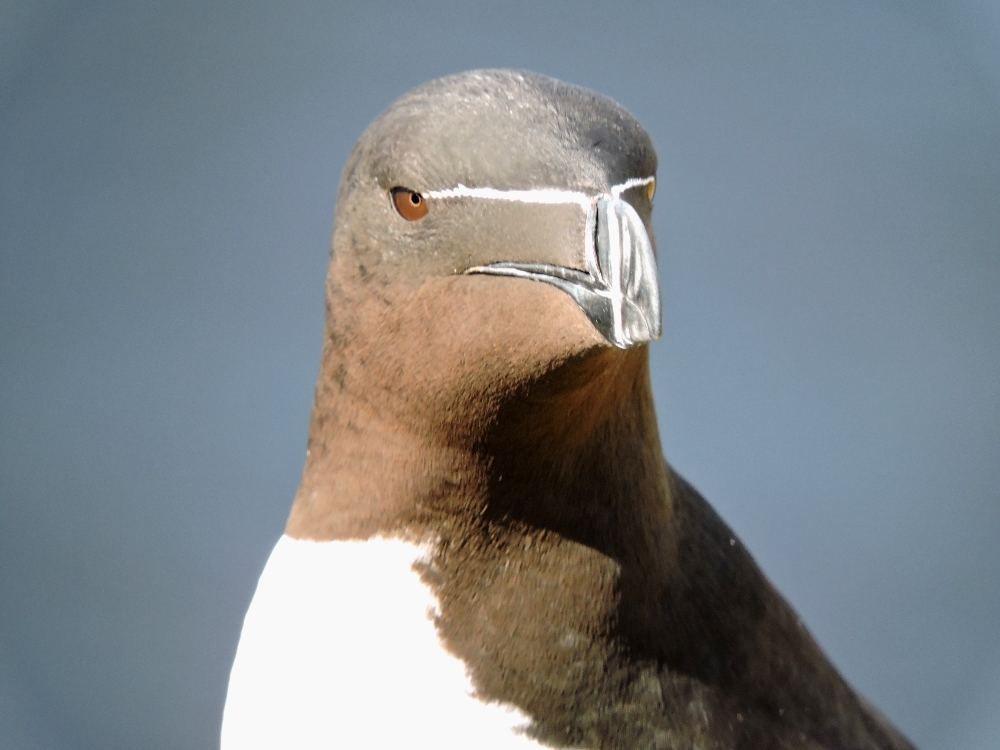
Followed by one of everyone’s favorites, the Atlantic Puffin. This completed the set of the three Puffin species for me, which was a nicely gratifying experience.
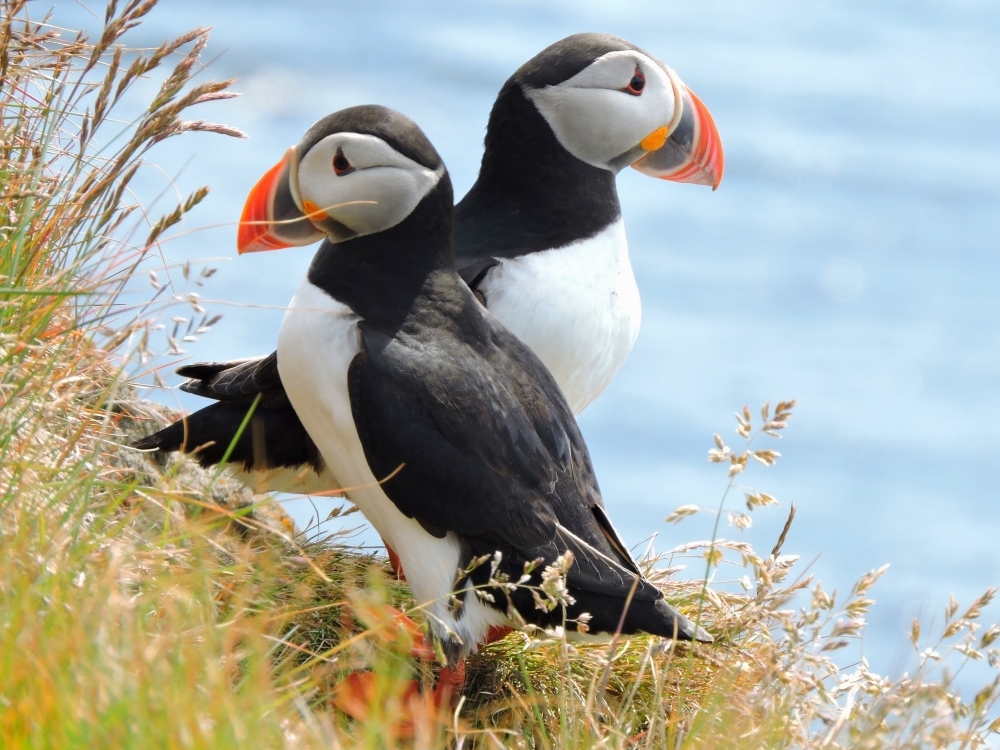
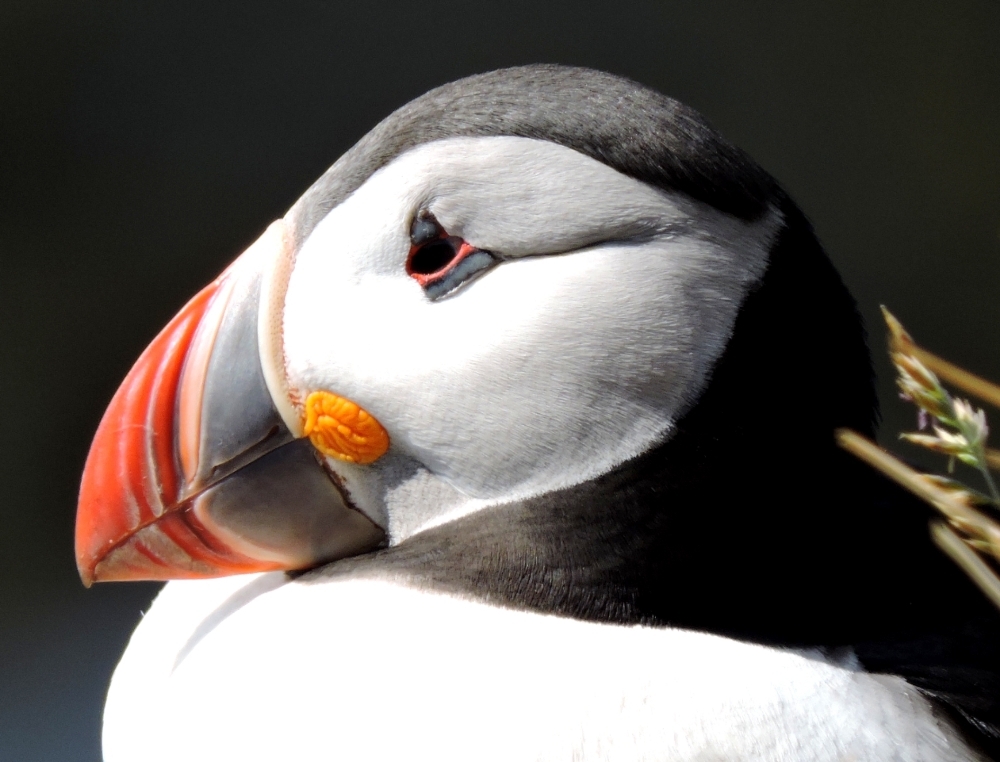
The numbers of both of these remarkable species, and the ease at which observations and photos could be obtained, more than made up for the changes I was required to make in order to reach the site, and I very much enjoyed one of the best birding days I have had in a while.